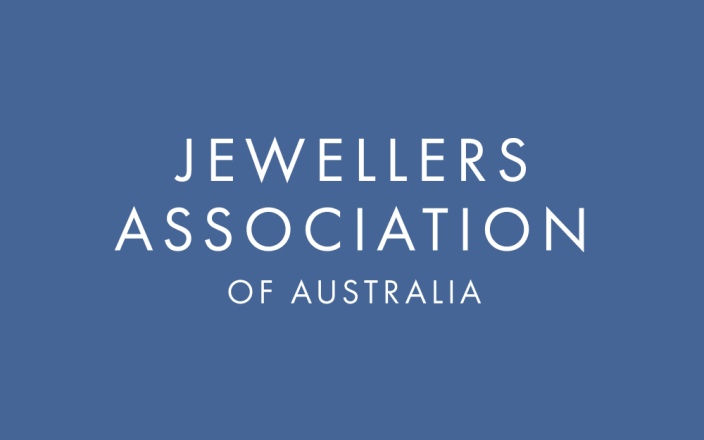Since the inception of jewellery, valuations have been compiled by a variety of professionals including retailers, wholesalers, intermediaries, and entrepreneurs. While many of these individuals possess extensive knowledge in one or more aspects of valuation, it is imperative to recognise the complexity of this task.
A technically correct, safe valuation document not only assists the client but safeguards the valuer from potential legal issues. However, it is crucial to consider whether all factors involved in valuation are fully understood.
A valuation document should encompass several key components, including a value judgment, a detailed description of the article, a technical merit assessment, and an explanation of all legal and limiting factors. Without comprehensive knowledge in all these areas, compiling a valuation document can be risky—it’s not just about dollar value.
In practical terms, a valuation serves as a quote to replace the goods in the event of loss or damage. The value judgment should be relevant within a tightly described operating geographical or quality market, ideally specific to an individual shop or outlet. It is essentially telling the client the cost to replace the item at a particular establishment. Inflating the value and allowing for discounts is inappropriate. The valuation should reflect the actual price at the time of valuation. Should a replacement be required, and goods are not readily available, it must be noted on the document.
All valuation documents should be addressed to a specific person or entity and explicitly state that they may only be relied upon by the addressee. Using generic terms like “To whom it may concern” is risky, as it opens the document to potential misuse. Unless you are prepared to let your client use your document as a third-party selling tool, you should note on it, “This document may not be used for advertising, marketing or selling.”
The process of taking in goods for valuation presents its own set of challenges. Do you provide a receipt to the client? If yes, what information do you include? There have been cases where clients left cubic zirconia and later accused the jeweller of stealing diamonds. Equally, you are taking in a yellow metal ring until the item has been tested and verified—it could be merely base metal gold plated. Care must be taken to accurately identify gemstones and metals, as incorrect identification can lead to misunderstandings or accusations of fraud, particularly with the rise of laboratory-grown diamonds. Gemmological identification and metal testing should be carried out meticulously and recorded in the final document.
When valuing goods purchased from wholesalers, it is tempting to rely on their identifications and descriptions. However, with increasing instances of fraudulent misdescriptions in the supply chain, it is essential to verify the accuracy of these details independently. Should anything go wrong, you are responsible. You created the document, and any inaccuracies would be your problem.
The description of a valuation should clearly state the method of manufacture of the article, as this can significantly impact its value. Complex pieces may have varying values depending on the manufacturing method. In a complex piece, the considerable difference in values due to the varying methods of manufacture will help justify your end dollar value.
Valuation documents serve as a form of advertising for a business. A well-presented document with clear explanations and detailed descriptions enhances the credibility of the valuer and reduces the likelihood of questioning by the public or courts. The days of the handwritten “One diamond ring, 1ct $XX” with no photo or correct details are gone. As mentioned above, all jewellery details technical merit, and legal and limiting explanations must be included in the valuation or report. These days, any report or valuation issued without photos looks amateurish and would be more likely to be questioned regardless of how correct other factors in the document may be.
Valuers are perceived as experts, and issuing a valuation document implies an even higher level of expertise. Thus, valuers are legally responsible for all contents of any document they issue, regardless of the source of information. Correct Professional Indemnity Insurance (PII) should cover you for intellectual errors when behind the counter or issuing documents.
Thorough understanding and attention to detail are paramount when compiling valuation documents. If lacking formal training in this field, caution must be exercised to avoid potential pitfalls and legal ramifications. Remember, the integrity of the entire document is as important as the dollar value it represents.

